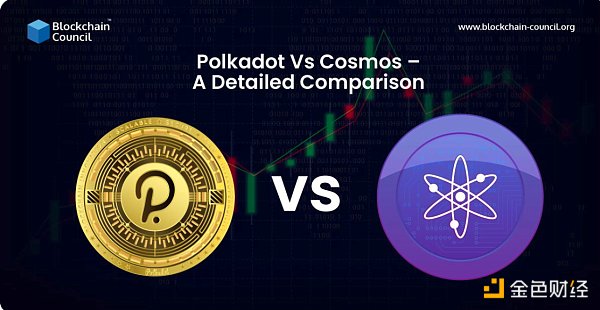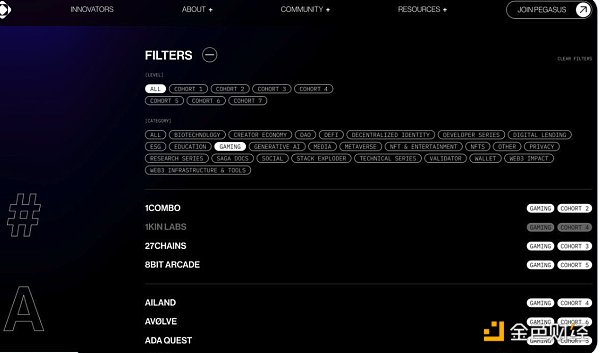Author: 2898 Source: X, @punk2898
A project combines the three popular concepts of modularization, one-click chain issuance, and re-staking. Is this the reason why Binance is launched?
1. Do you still remember EOS, Polkadot, ICP, and Cosmos?

In recent years, there are several platforms that I have never wanted to touch, EOS, Polkadot, ICP, Cosmos, these ones have more or less hung up everyone for three or four years, especially EOS and ICP (off topic, if you still have EOS in your hand, I can only call you big brother, I really admire you!)
The reason is nothing more than that these platforms want to surpass Ethereum, so the functions must be as complex as possible, and the ideal performance must be as high as possible.
Unexpectedly, the one most likely to flip Ethereum in the end is Solana, which they all despise, a "public chain" that crashes every day and a "public chain" of meme coins every day.
At this time, the project team may smoke a cigarette and think about what all these years of hard work are for.
1. They all want to be the world's computer and a high-performance public chain, so they have made various forms of "sub-chains", but the market has chosen "Layer 2"
2. They all want to do cross-chain interconnection, so that assets can cross chains seamlessly, but the market has chosen the "semi-centralized" "cross-chain bridge"
3. They all want a public chain to solve all problems, but the market has chosen "modularization", and it is open "modularization"
Of course, the most special one here is Cosmos. Compared with the overwhelming marketing actions of other public chains, Cosmos is the most low-key and pragmatic one. And today's protagonist Saga is built based on Cosmos SDK.
2. Explain what Saga is in one sentence?
In plain words: it is a one-click chain launch platform

As for modularization, just take a look. Now any chain that comes out is called modularization. In fact, it is what R&D often calls decoupling. It was originally a very technical thing, but it was used for market promotion.
Of course, the more interesting one is the one-click chain launch platform based on Cosmos. At present, the mainstream ones on the market are based on EVM. Because it is based on Cosmos, I immediately went to their documents to see what virtual machines they support.
Does it support EVM?
3. Is Cosmos-based Saga compatible with EVM?

Official rhetoric:
Saga uses shared security to automatically instantiate a fully decentralized proof-of-stake chain. Each Saga Chainlet is protected by the Saga mainnet validator using shared security.
Plain words:
Saga adopts a similar approach to the recent popular Eigenlayer re-staking, that is, reusing a pledged asset to protect multiple chains. So Saga contains an Eigenlayer inside.
In addition:
Saga can be configured to use various virtual machines (i.e. EVM, SolanaVM, MoveVM).
Each Chainlet has a dedicated virtual machine deployed to a single chain. EVM is the first VM supported by Saga Chainlets.
So although it is developed by Cosmos SDK, it supports EVM. It is developer-friendly and user-friendly.
Fourth, what are the advantages of Saga?
One of the great advantages of Saga is that it provides developers with predictable low costs, an easy process for deploying blockchains, and horizontal scalability of applications.
With Saga, developers can easily deploy their blockchains using chainlets and are able to scale applications horizontally.
In addition, Saga offers a unique token model that allows end users to pay for applications using any Cosmos IBC-compatible token, without charging platform gas fees directly to end users, which is particularly suitable for gaming and financial technology applications.
Saga has raised $15 million to date. Investors include Placeholder, Maven11, Longhash, Samsung, Com2uS, Polygon, Merit Circle, Figment, and Chorus One.
Each Chainlet has the following features:
1. Unlimited horizontal scalability: All Chainlets are parallel application chain instances, allowing applications to elastically scale to their peak performance and speed.
2. Costless transactions and low and predictable chain fees: Developers can choose any monetization model they like, including their own tokens (or no tokens at all), fiat currencies, stablecoins, or even tokens from another ecosystem. All Chainlet fees are determined by a daily reverse auction between validators, encouraging commodity pricing of block space.
3. Automation: Developers can set up a Chainlet by simply clicking a button in the Saga WebApp.
4. Interoperability and fast bridging: Users can freely and quickly transfer assets between Chainlets and Saga and other ecosystems using automatic interoperability and asynchronous composability. Since each Chainlet provides fast transaction finality, users can also take advantage of fast bridging to other chains.
5. Fully flexible stack: Developers enjoy their own dedicated chain, allowing for optimal flexibility and customizability of the environment.
V. Saga Is this going to position the game public chain?

Saga has an innovator program that includes 350 projects as of April 1, 2024. 80% of these projects are games. About 10% of the projects are NFT and entertainment, and 10% are DeFi.
The full list of innovators can be found here: https://saga.xyz/innovators
So GameFi is still the best path to acquire users.
 Huang Bo
Huang Bo









